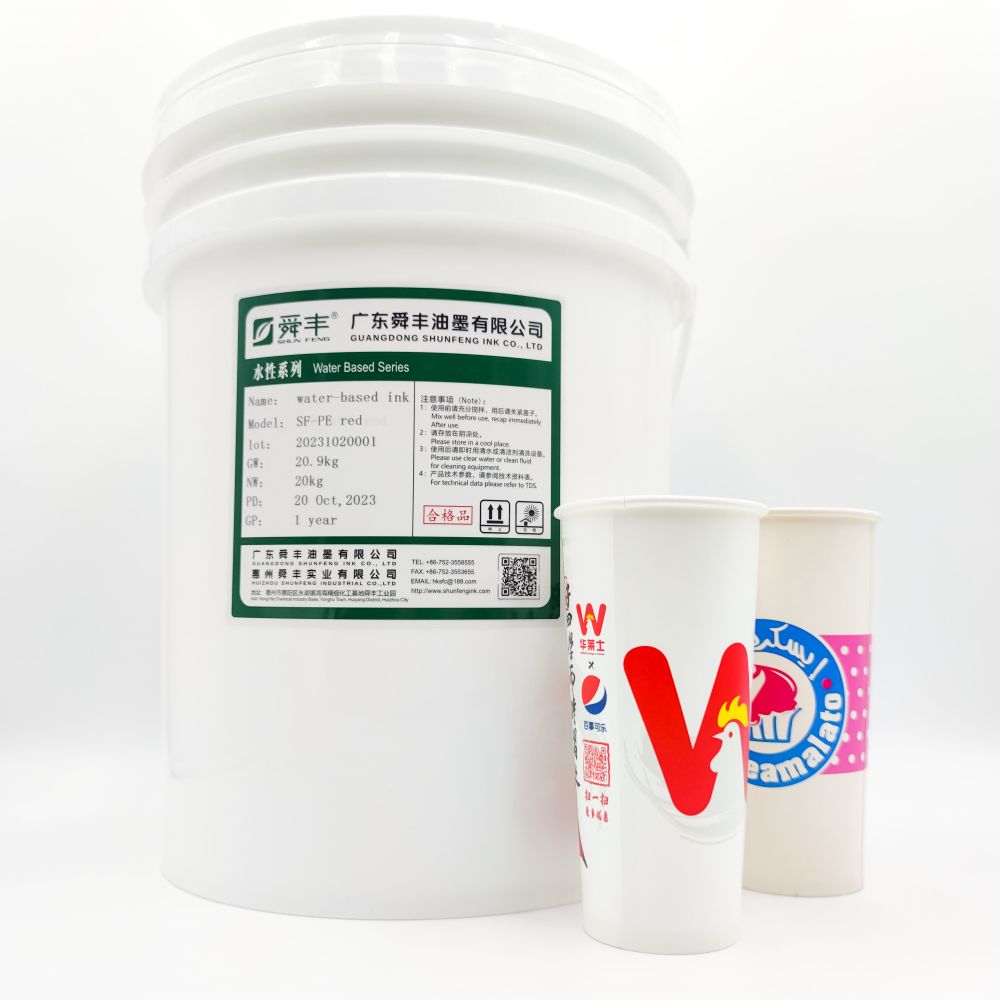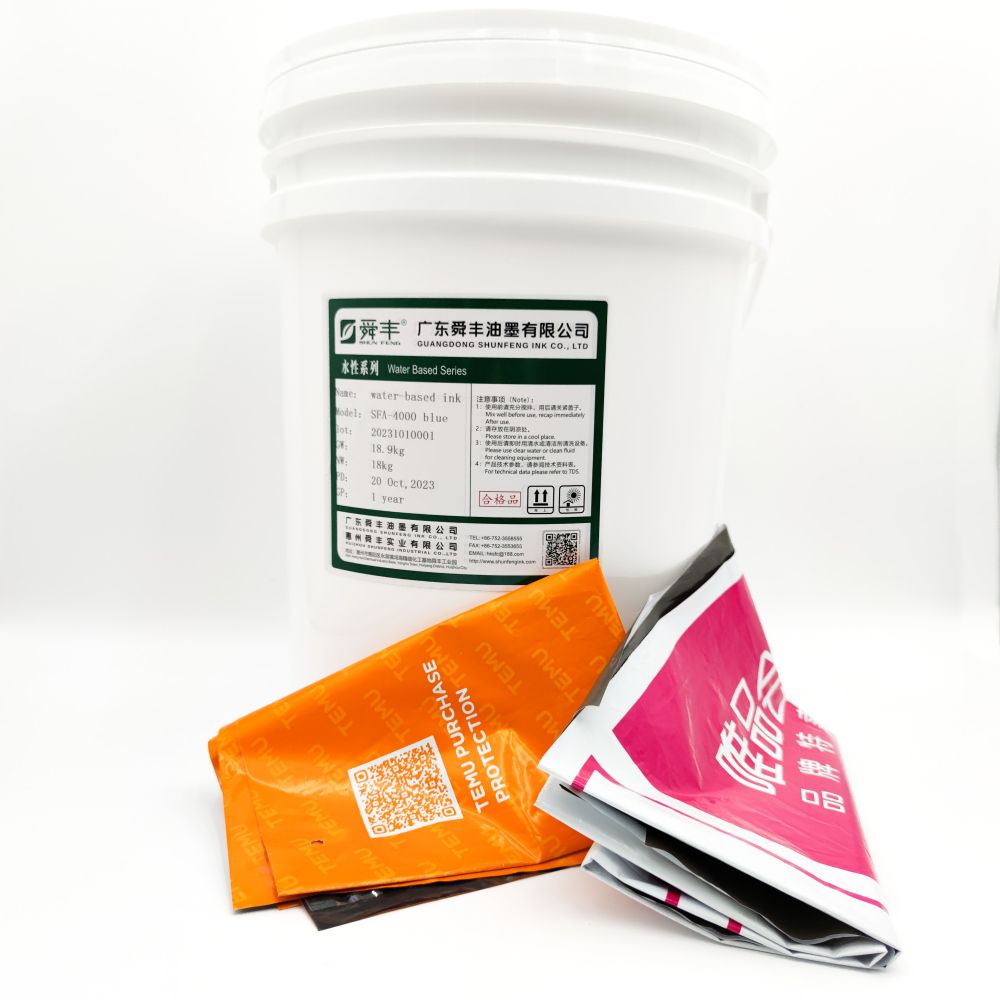How to Resolve Insufficient Adhesion of UV Varnish?
UV varnishing is a common surface treatment technique in the packaging and printing industry. If the adhesion of the UV varnish is insufficient, the printed product may show fading, poor wear resistance, varnish peeling, and other quality issues, leading to a series of adverse reactions. To prevent such problems, a comprehensive analysis of various stages, including material procurement, process arrangement, and standardized operations, is required. Based on the identified problems, targeted rectifications should be made.

Reasons for Insufficient Adhesion of UV Varnish
- UV varnish or primer has expired due to prolonged storage.
Typically, the shelf life of UV varnish or primer is 6 months to 1 year. If manufacturers purchase too much UV varnish at once, it can lead to the varnish or primer expiring.
- Mismatch between UV varnish and primer.
During use, operators should ensure that the UV varnish and primer are produced by the same manufacturer. Mixing products from different manufacturers can result in performance mismatches, affecting the quality of the printed product.
- Short ink drying time or poor drying performance, causing poor adhesion of UV varnish.
Products that require UV varnishing should ensure the ink has dried for at least 24 hours before applying UV varnish. Otherwise, the UV varnish will not adhere properly.
- Insufficient illumination from UV lamps, leading to incomplete curing of the UV varnish.
Several factors can cause insufficient illumination from UV lamps, such as low power, aging lamps, dirty lamp surfaces, or lamps installed too high. When the illumination is insufficient, the UV varnish will not cure completely. A light intensity meter must be used to accurately detect illumination. The parameter value must reach or exceed 50 to meet the curing requirements of UV varnish. UV lamps generally have a service life of 1000 hours, and they should be replaced when approaching this time.
- Excessive water or alcohol in the UV varnish or primer, affecting adhesion.
Too much water or alcohol can cause the paper to become damp, preventing quick drying and affecting the adhesion of the UV varnish.
- Improper operations affecting the curing effect of UV varnish.
During the cleaning of oil rollers, improper operations can cause a large amount of water-containing residue to flow back into the UV varnish or primer container, diluting the original concentration and affecting the curing effect of the UV varnish.
- Low temperature and high humidity in the workshop slow down the curing speed of UV varnish.
Operators should preheat the UV lamps in advance, reduce the equipment's running speed, and appropriately extend the curing time of the UV varnish.
- Excessive speed of the varnishing equipment, resulting in too short UV curing time for the varnished products.
- Thick layers of UV varnish not only make complete curing difficult but also increase costs and can cause the printed product to crack during die-cutting, leading to waste.
- High moisture content in the paper and excessive powder spray on the printed surface can also significantly reduce the adhesion of UV varnish. During printing, the usage of fountain solution and powder spray should be strictly controlled.










